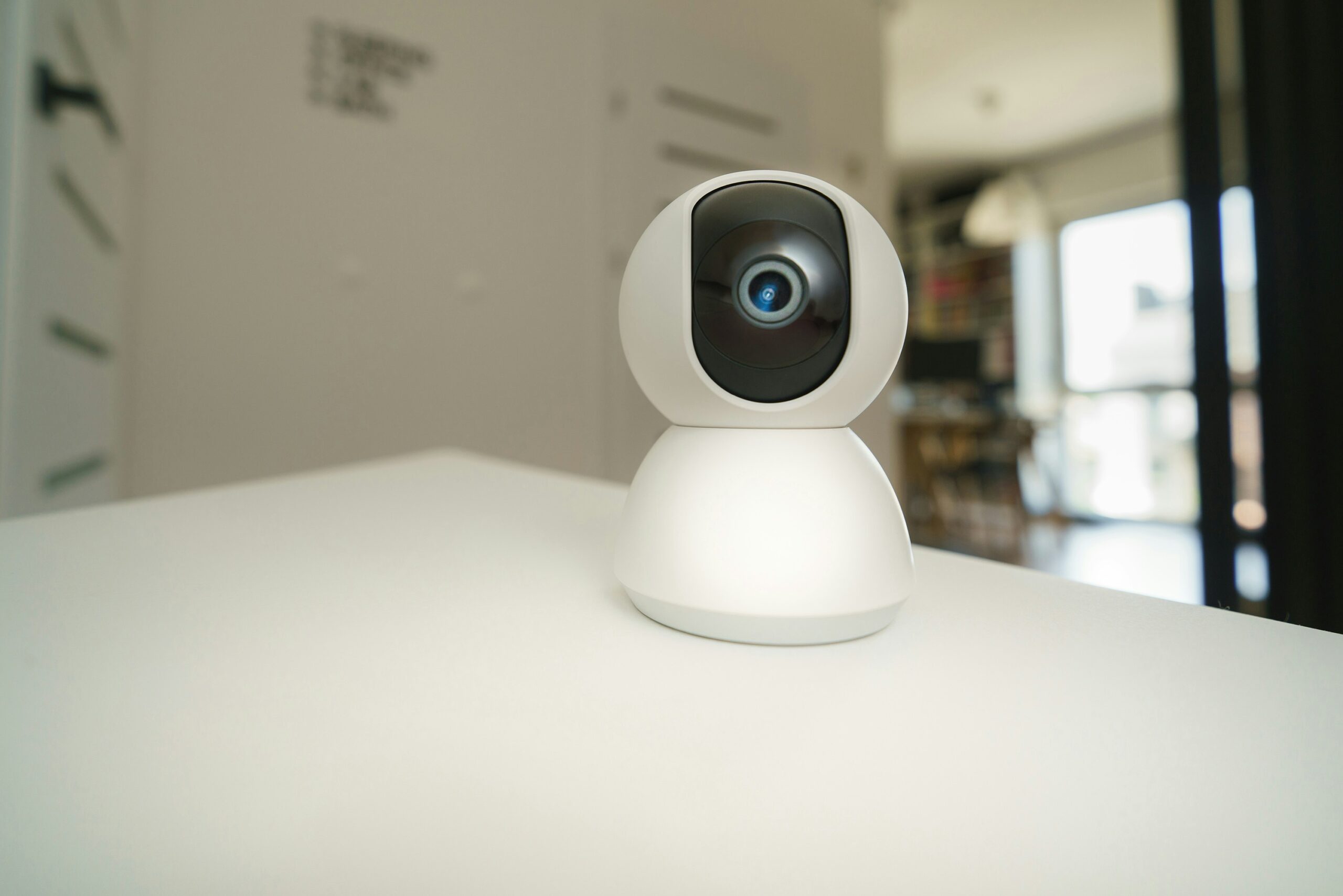
What is Smart Home Security?
Smart home security refers to the integration of connected devices and automation systems designed to enhance the safety of a residential space. With the rapid adoption of IoT (Internet of Things), homeowners now have access to a range of security features that provide real-time monitoring, remote access, and automated alerts.
Importance of Smart Home Security
The growing prevalence of smart home devices has made home security a crucial consideration. Traditional security systems relied on physical locks, security personnel, and wired alarm systems. However, smart home security offers enhanced protection through features like remote surveillance, AI-powered threat detection, and seamless integration with home automation.
Key Components of a Smart Home Security System
1. Smart Security Cameras
- Offer real-time video surveillance and recording
- Equipped with motion detection and night vision
- Cloud or local storage options for footage
2. Smart Locks
- Keyless entry using biometric scans, PIN codes, or mobile apps
- Temporary access for guests or service providers
- Integration with voice assistants like Alexa and Google Assistant
3. Motion Sensors
- Detect unusual activity and trigger alerts
- Can be integrated with cameras and alarms
- Useful for both indoor and outdoor security
4. Doorbell Cameras
- Provide video streaming and two-way audio communication
- Motion-triggered alerts sent to smartphones
- Helps deter potential intruders or porch pirates
5. Smart Alarms and Sirens
- Triggered by unauthorized entry or detected threats
- Can be remotely silenced or activated via mobile apps
- Integration with home automation for enhanced control
6. Environmental Sensors
- Monitor smoke, carbon monoxide, and water leaks
- Send alerts to homeowners in case of hazards
- Helps prevent property damage and health risks
Benefits of Smart Home Security Systems
1. Remote Monitoring and Control
- Access live feeds and security controls from anywhere
- Arm or disarm systems remotely
- Receive instant notifications on security events
2. Enhanced Safety and Prevention
- AI-driven threat detection reduces false alarms
- Integration with smart lighting to deter intruders
- Real-time alerts allow for quick response to emergencies
3. Cost Savings on Insurance
- Many insurers offer discounts for smart security adoption
- Reduces risk of burglary, fire, or water damage claims
- Long-term savings through preventive measures
4. Seamless Home Automation
- Works with other smart home devices for efficiency
- Automated routines improve security and convenience
- Voice and mobile control enhance user experience
Challenges and Considerations
1. Cybersecurity Risks
- Potential for hacking if devices are not properly secured
- Importance of strong passwords and encrypted connections
- Regular firmware updates to patch vulnerabilities
2. Device Compatibility
- Ensuring seamless integration between different brands
- Preference for open-standard devices over proprietary systems
- Checking compatibility with existing home automation setups
3. Privacy Concerns
- Data collection and storage policies of smart security companies
- Risks of unauthorized access to video footage
- Use of local storage or encrypted cloud services for better privacy
Future Trends in Smart Home Security
1. AI and Machine Learning Enhancements
- Improved facial recognition for access control
- Behavioral analysis to detect suspicious activities
- Advanced automation for adaptive security responses
2. 5G and Edge Computing
- Faster response times with lower latency
- More reliable real-time video streaming
- Increased support for multiple connected devices
3. Blockchain for Security Authentication
- Decentralized and tamper-proof identity verification
- Enhanced data security and reduced cyber threats
Conclusion
Smart home security is a game-changer in modern residential safety. With continuous advancements in AI, IoT, and cloud computing, homeowners can now enjoy unparalleled security, convenience, and peace of mind. However, it is essential to address cybersecurity risks, compatibility issues, and privacy concerns to fully leverage the benefits of these intelligent systems. Investing in a robust and integrated smart home security setup ensures a safer and smarter living environment for the future.
